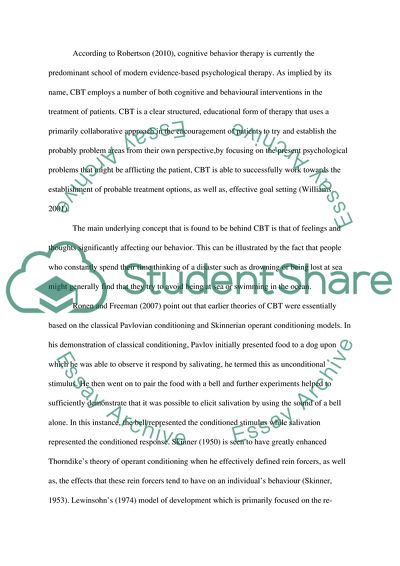Cite this document
(“Introduction to Cognitive Behavioural Therapy Case Study”, n.d.)
Introduction to Cognitive Behavioural Therapy Case Study. Retrieved from https://studentshare.org/psychology/1828561-introduction-to-cognitive-behavioural-therapy
Introduction to Cognitive Behavioural Therapy Case Study. Retrieved from https://studentshare.org/psychology/1828561-introduction-to-cognitive-behavioural-therapy
(Introduction to Cognitive Behavioural Therapy Case Study)
Introduction to Cognitive Behavioural Therapy Case Study. https://studentshare.org/psychology/1828561-introduction-to-cognitive-behavioural-therapy.
Introduction to Cognitive Behavioural Therapy Case Study. https://studentshare.org/psychology/1828561-introduction-to-cognitive-behavioural-therapy.
“Introduction to Cognitive Behavioural Therapy Case Study”, n.d. https://studentshare.org/psychology/1828561-introduction-to-cognitive-behavioural-therapy.


